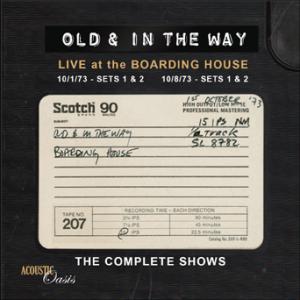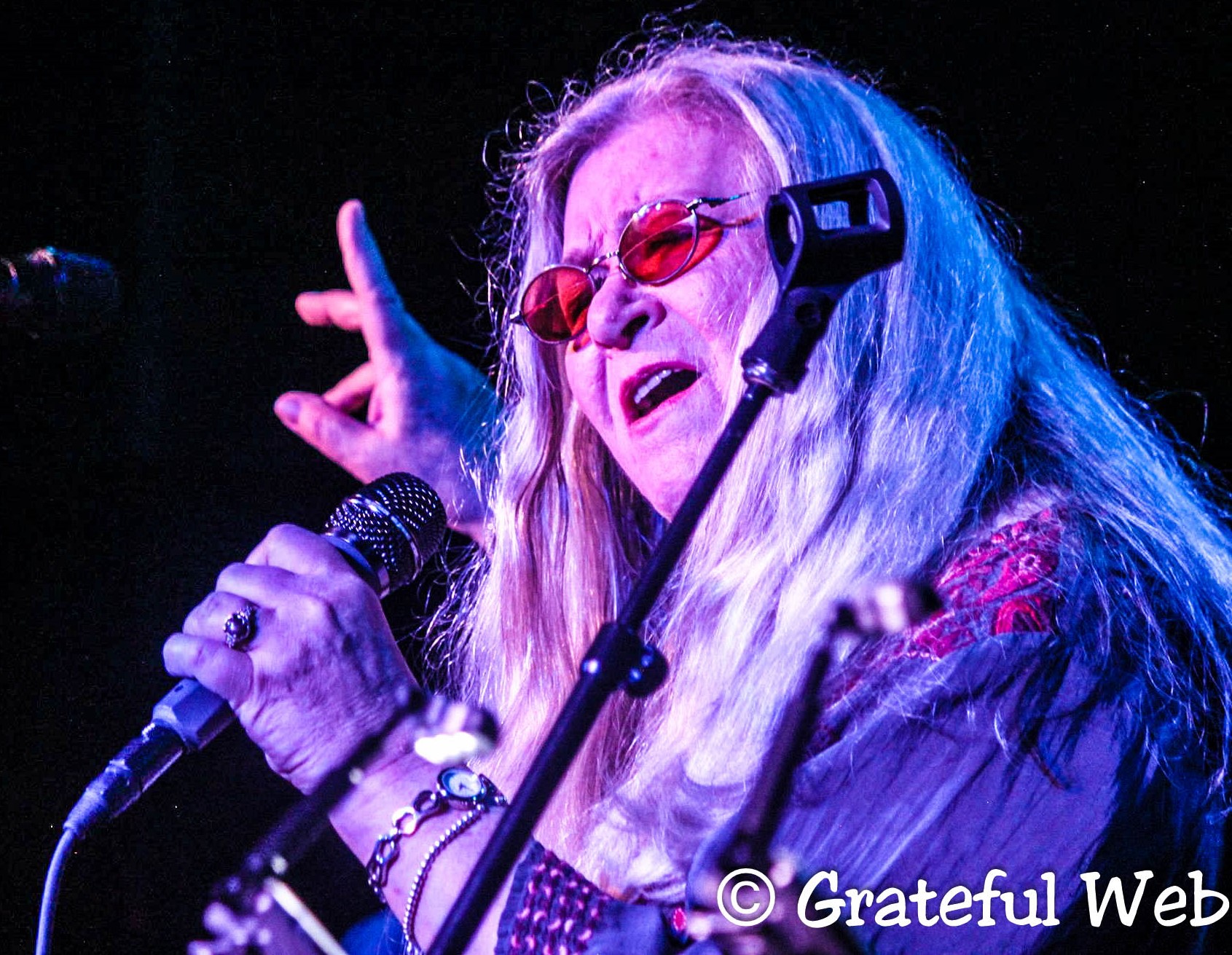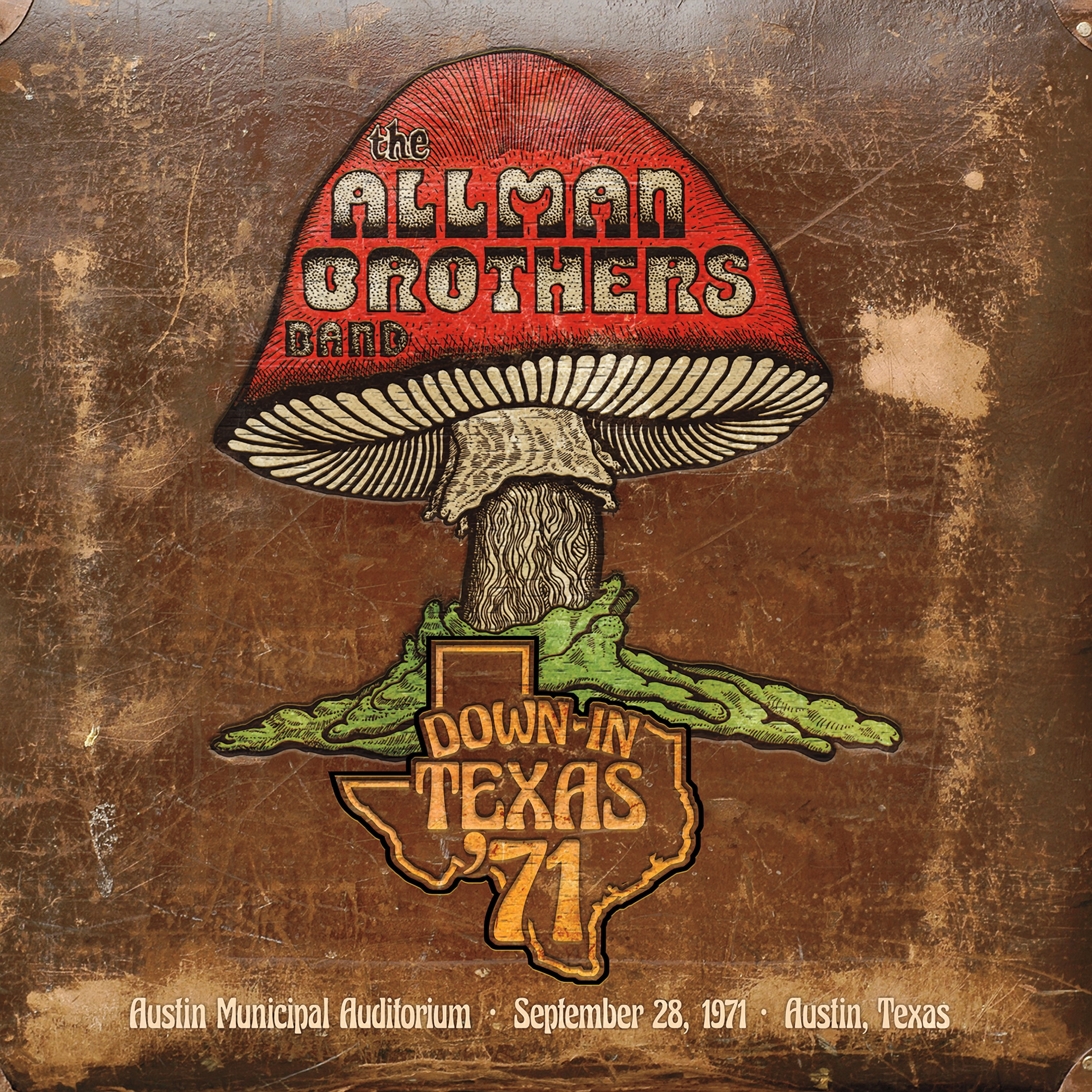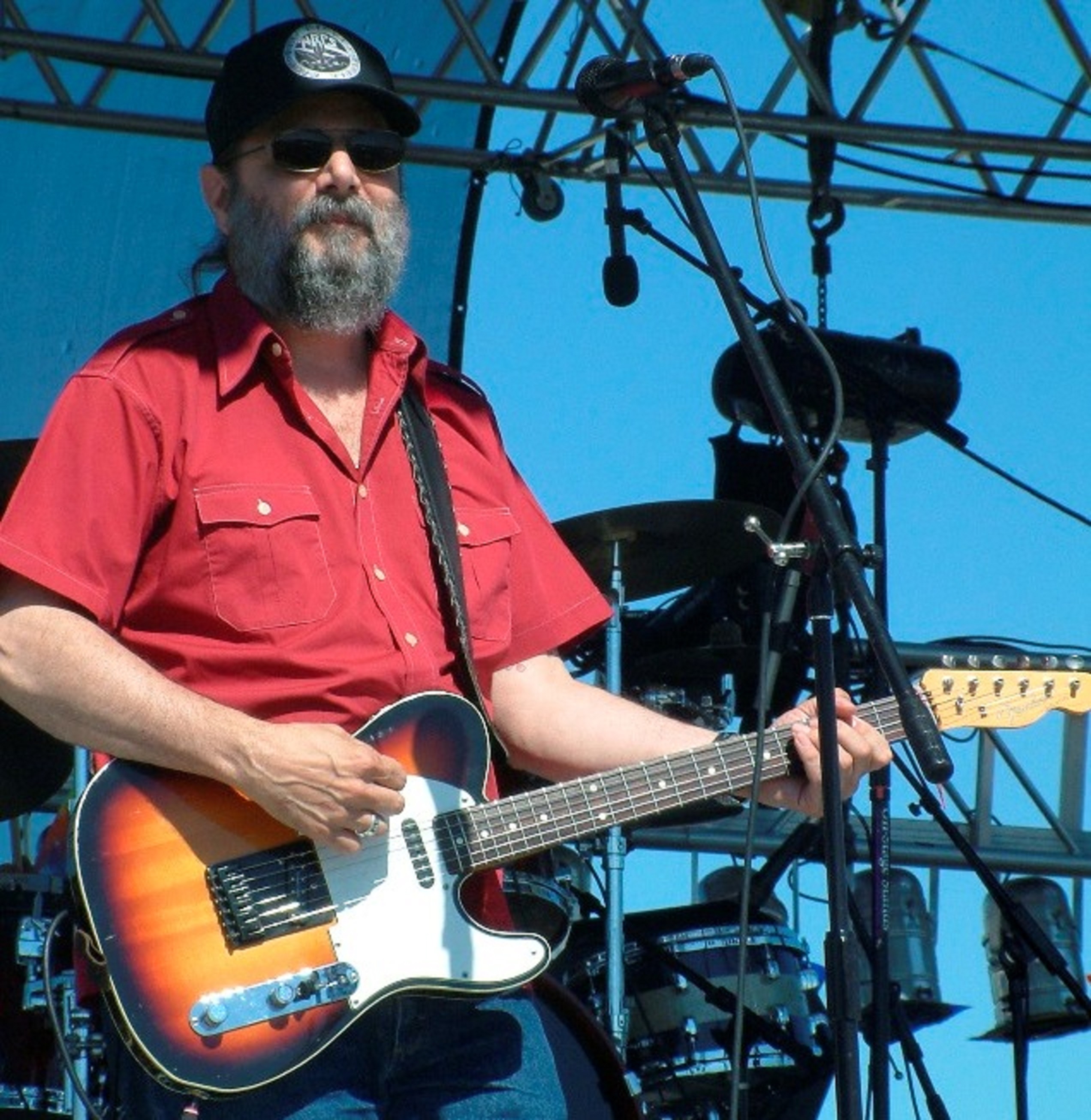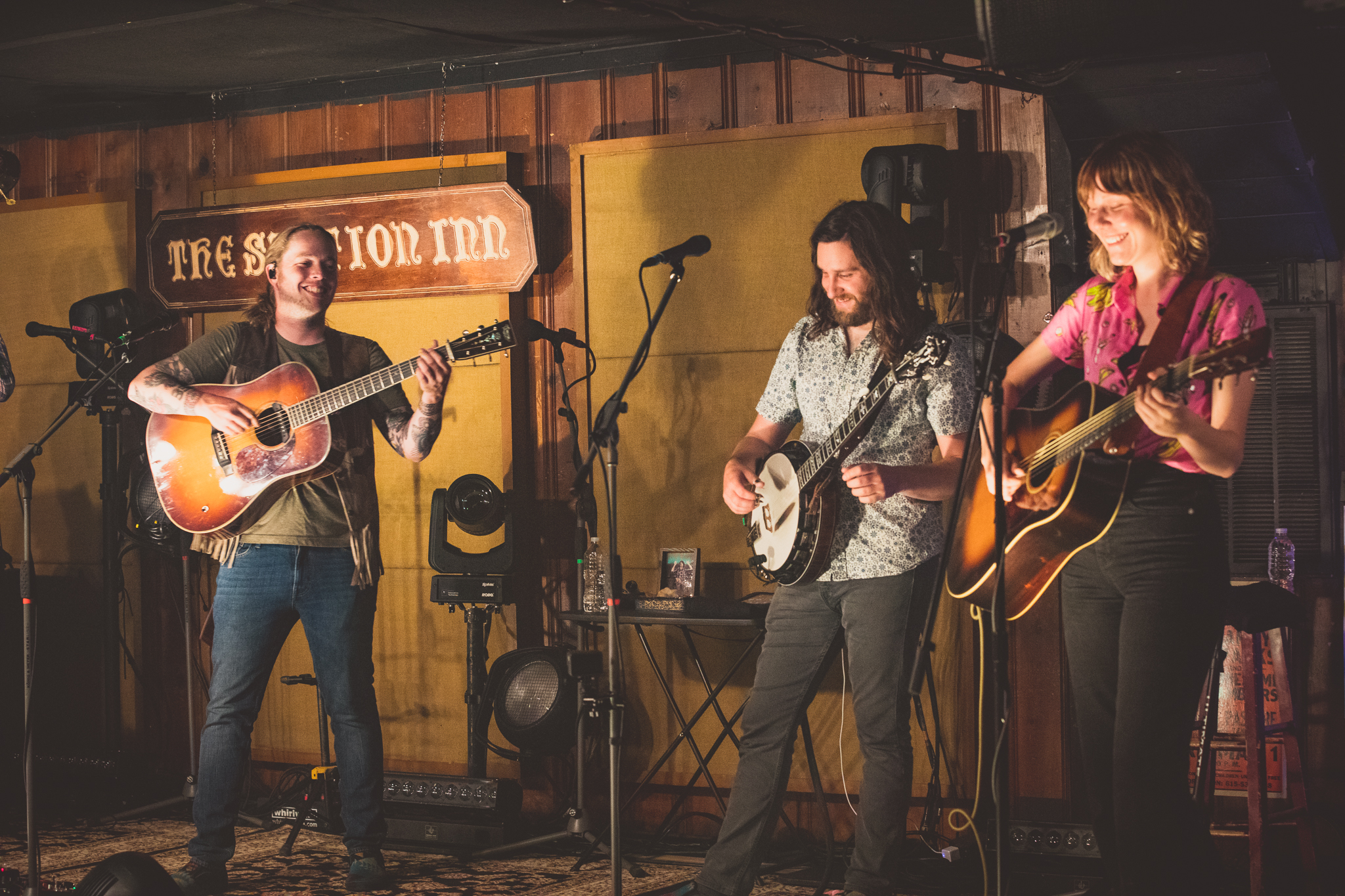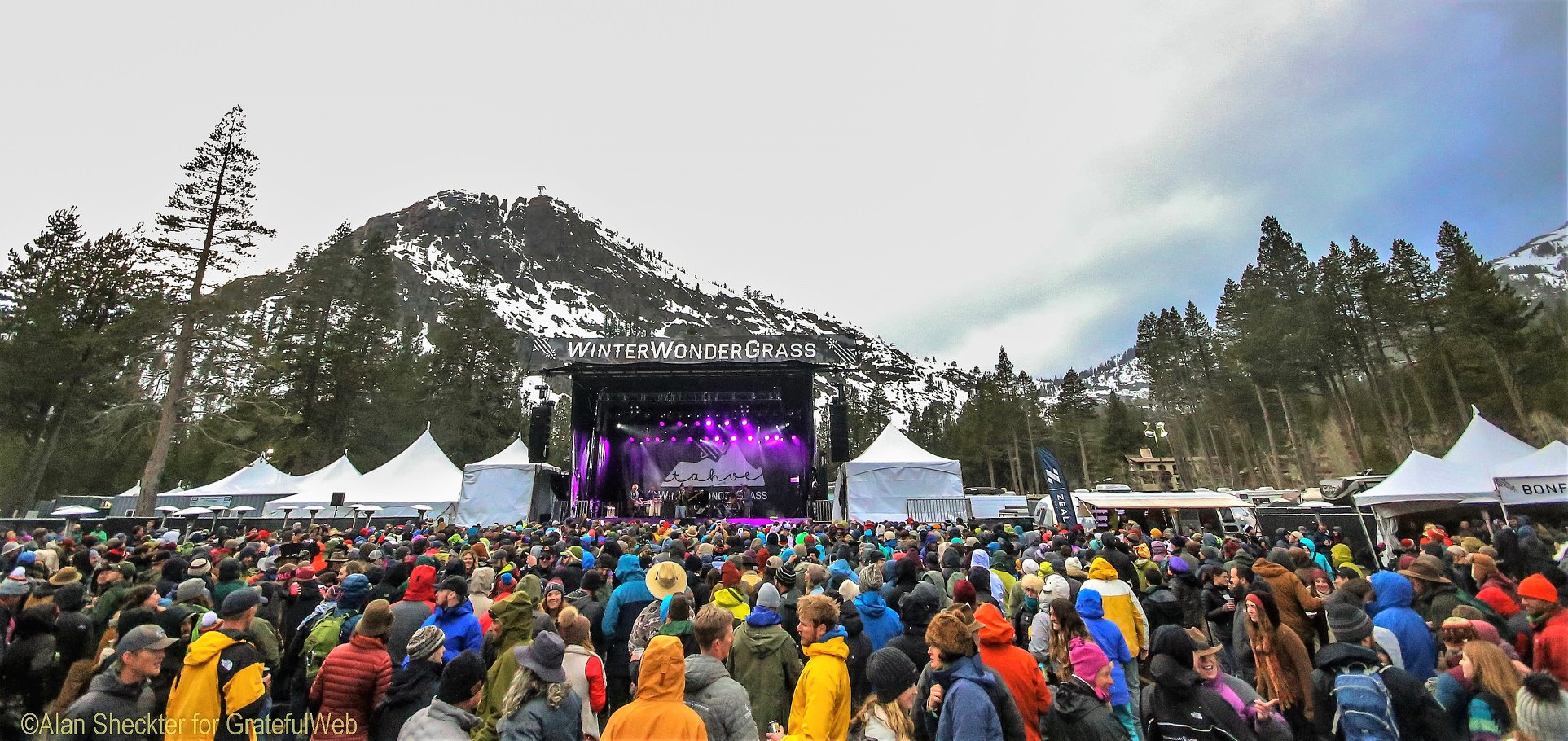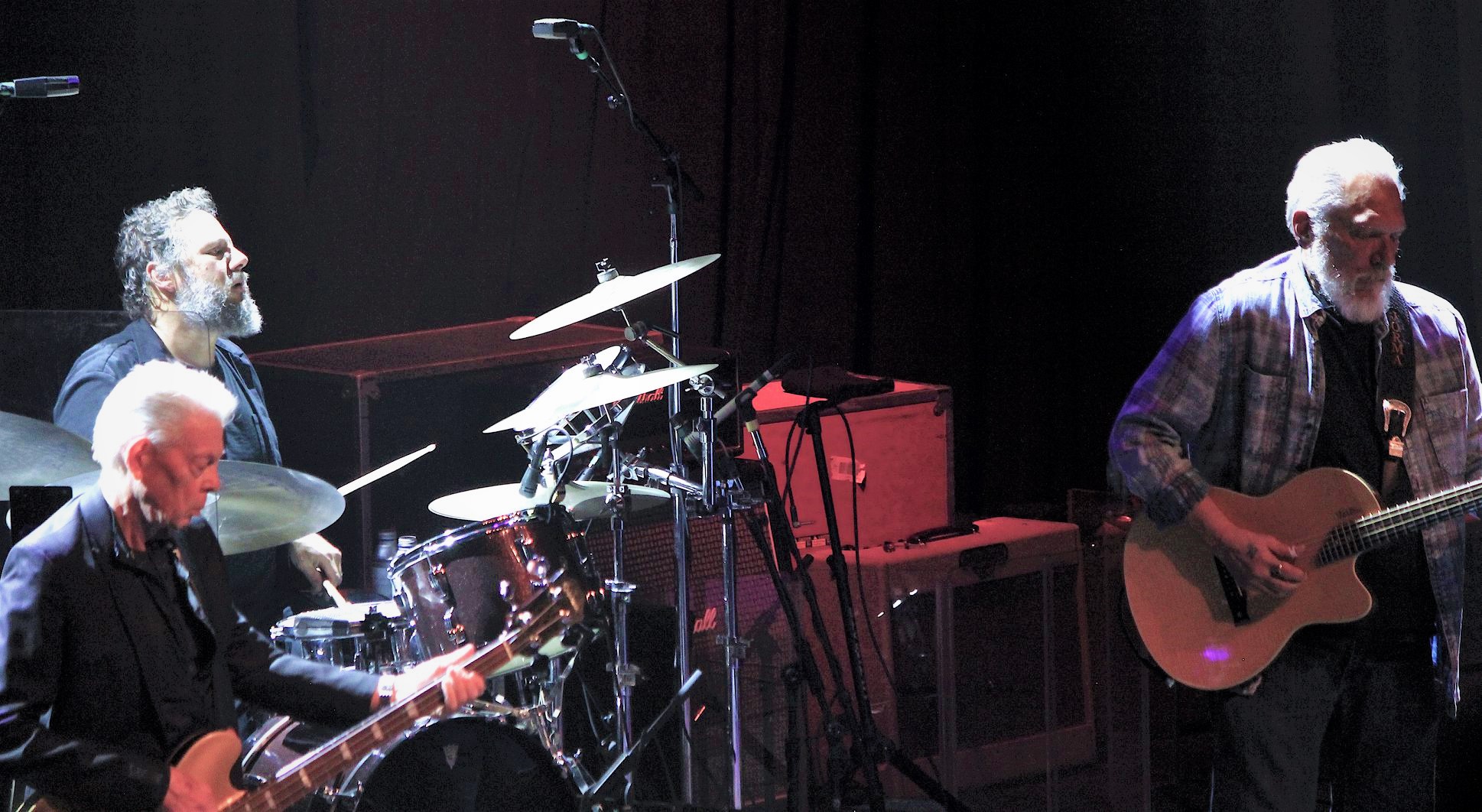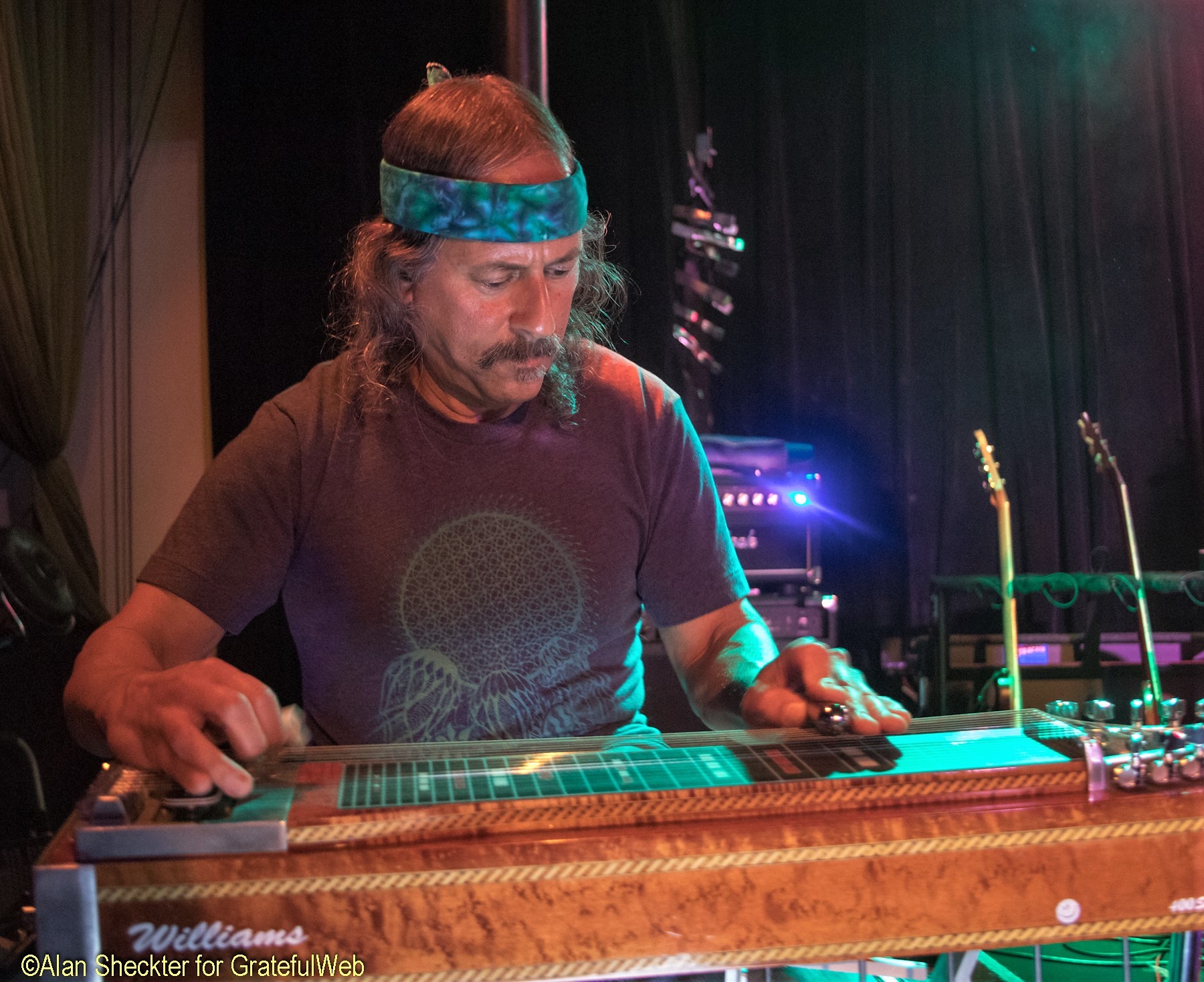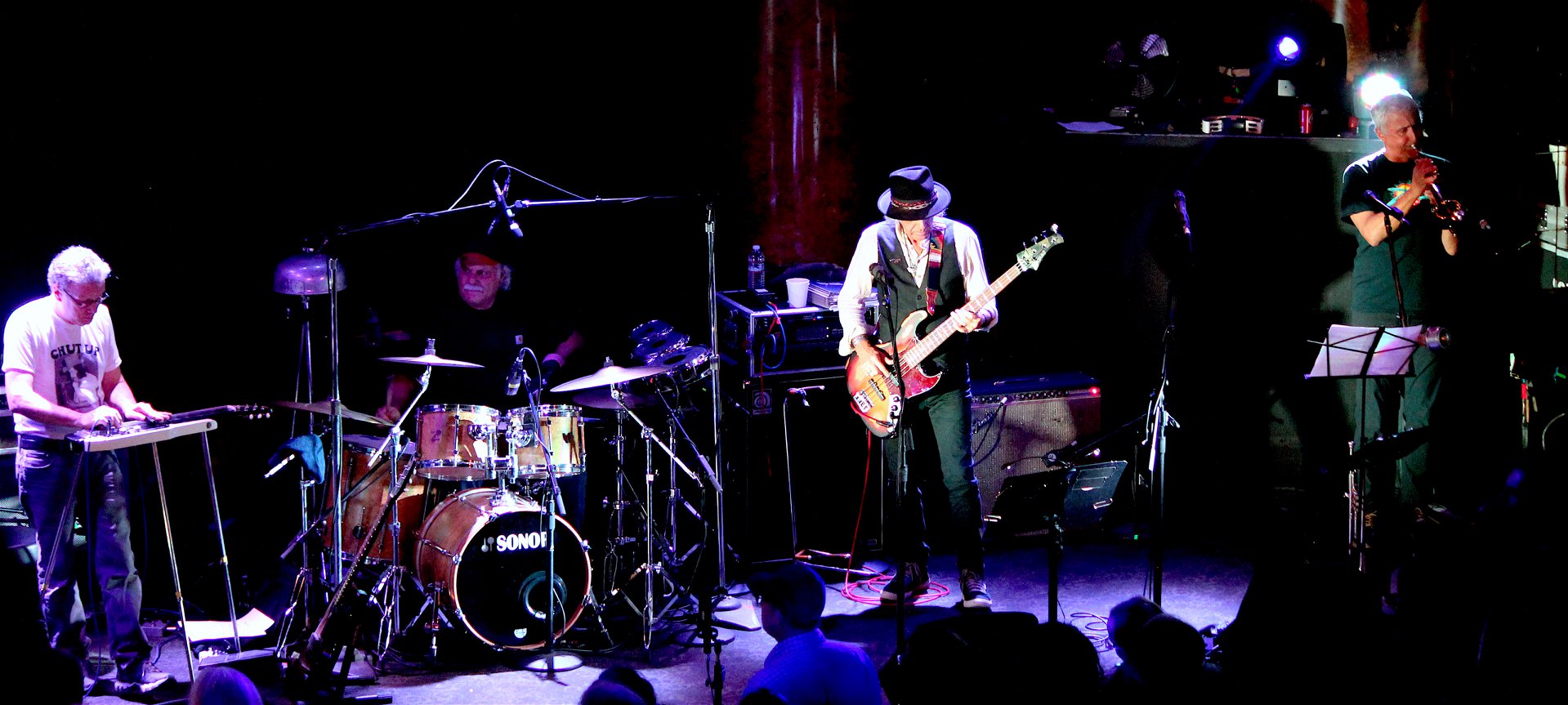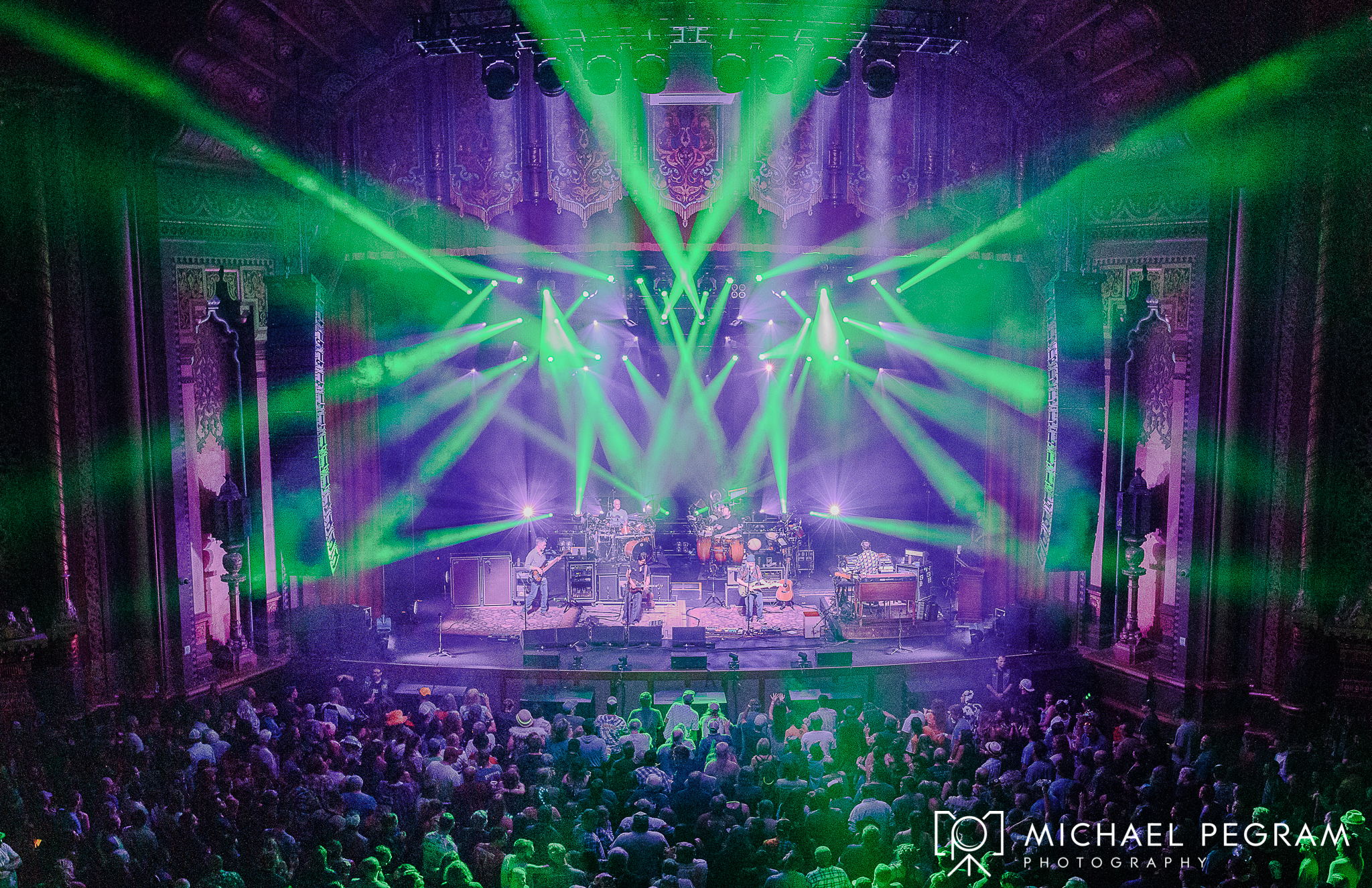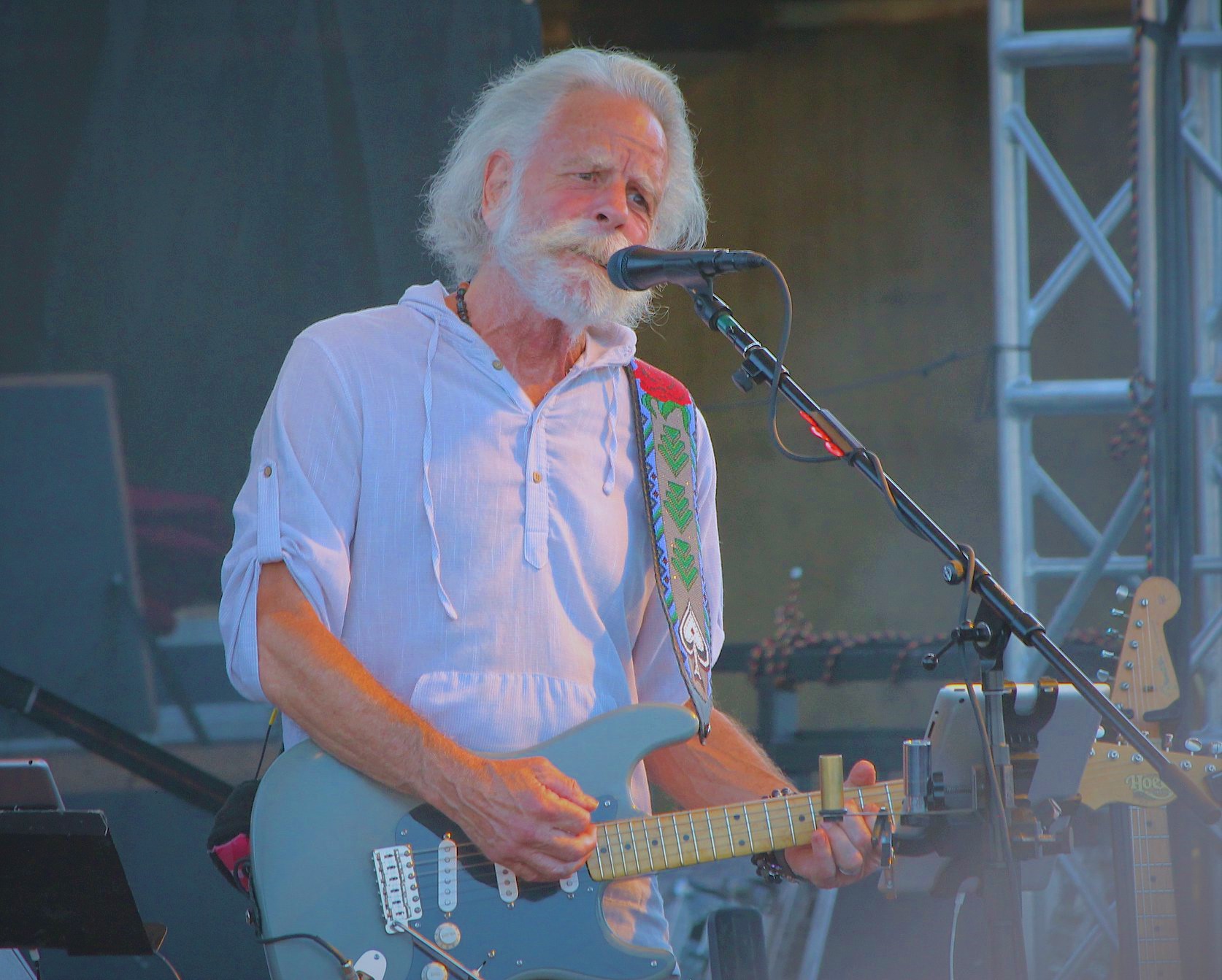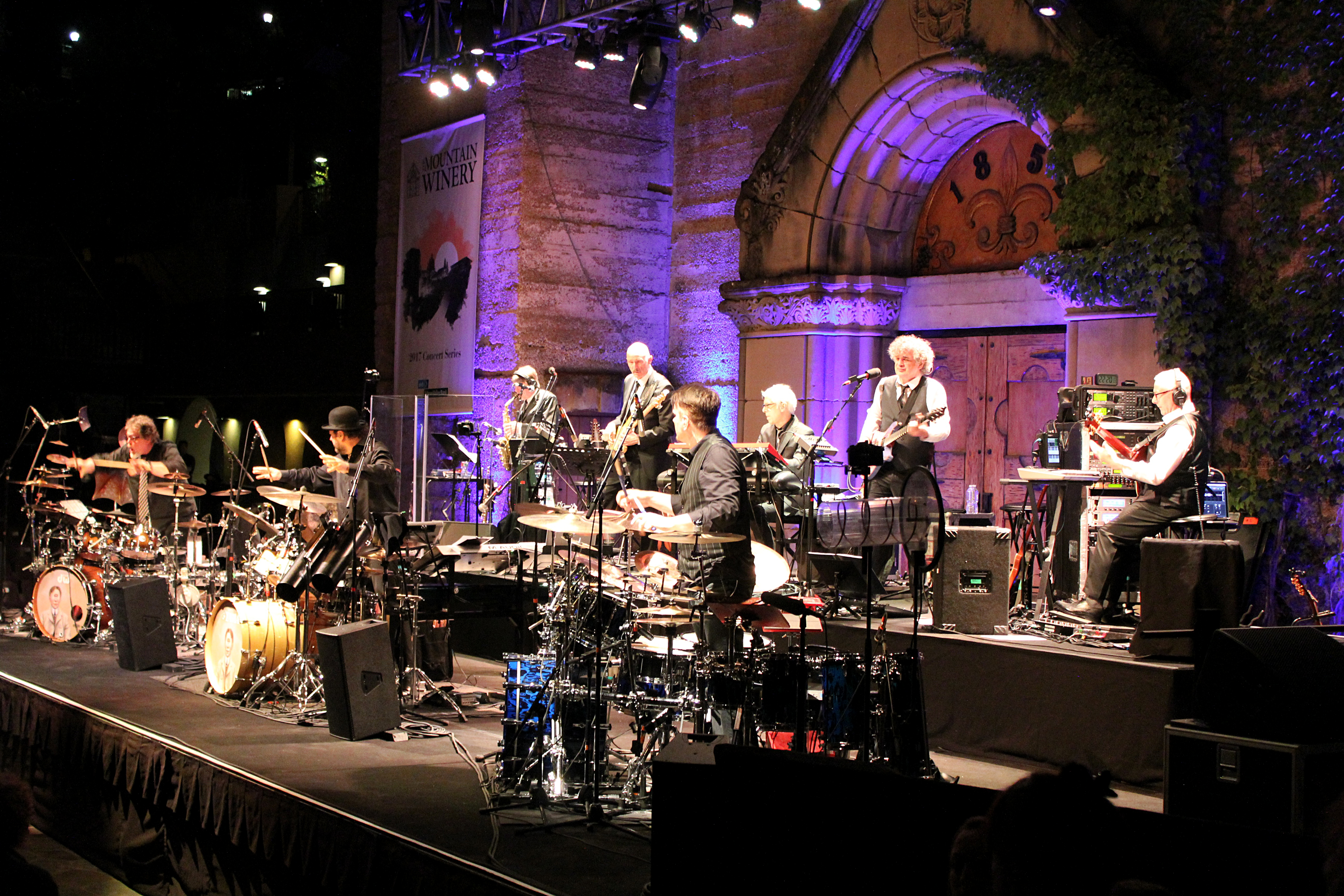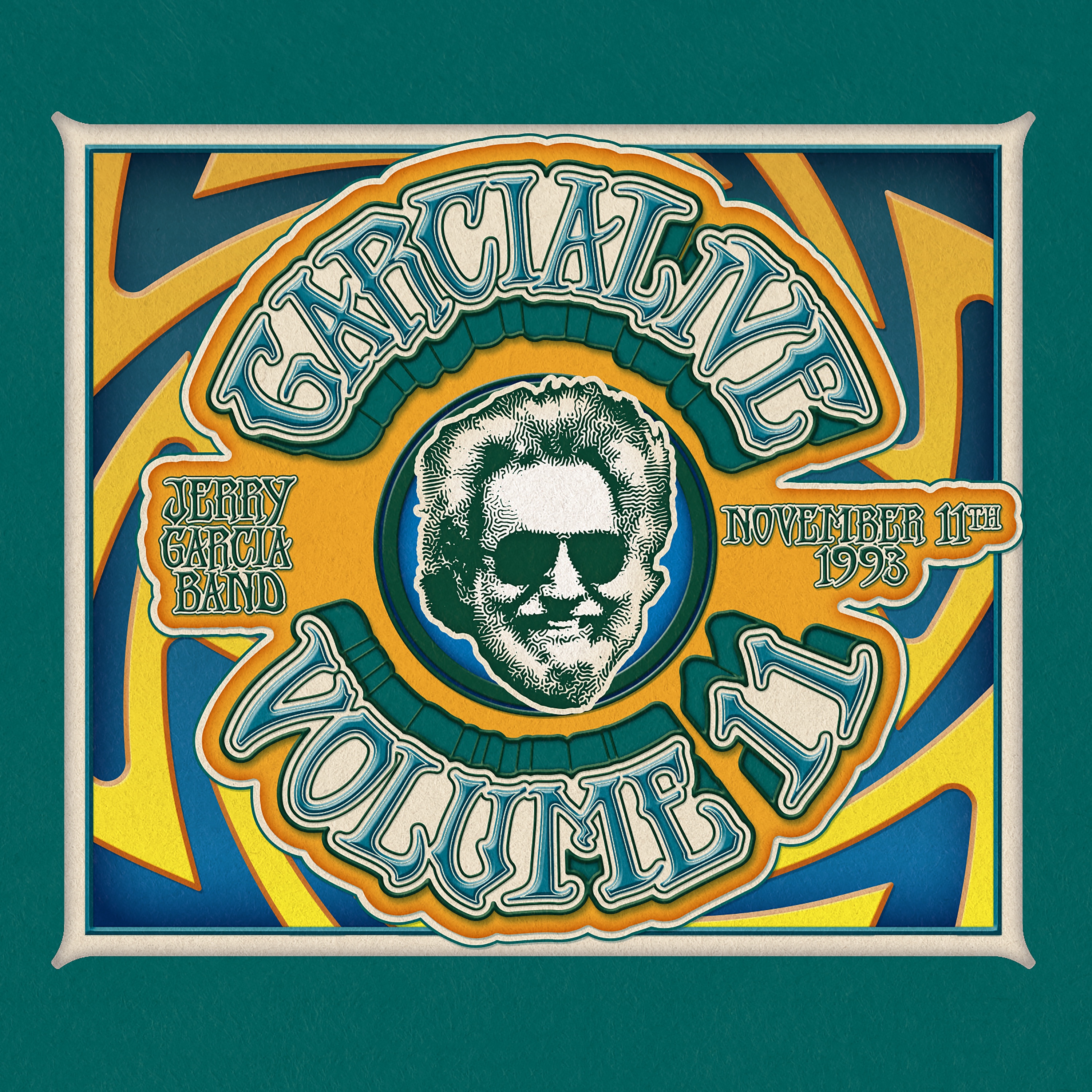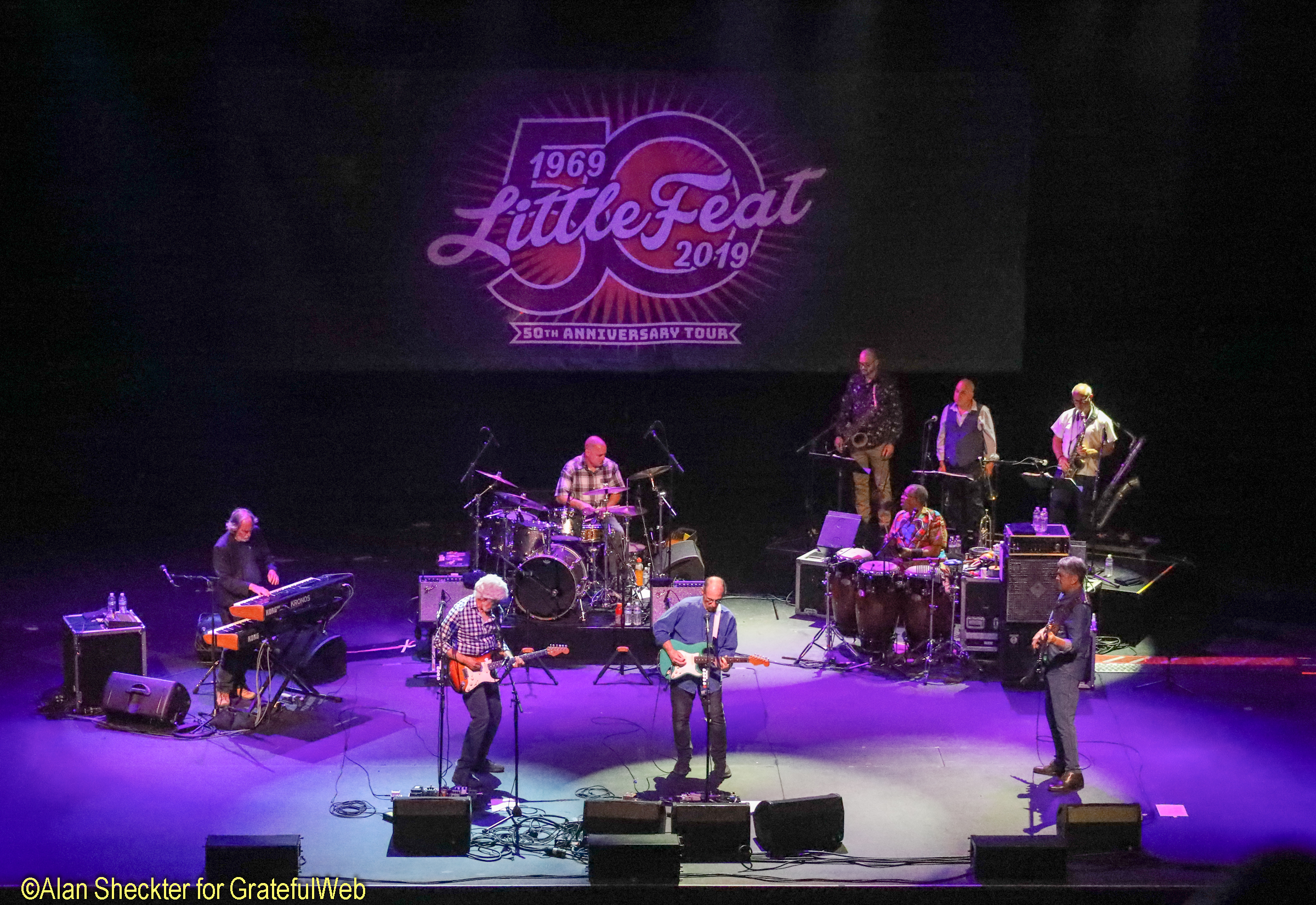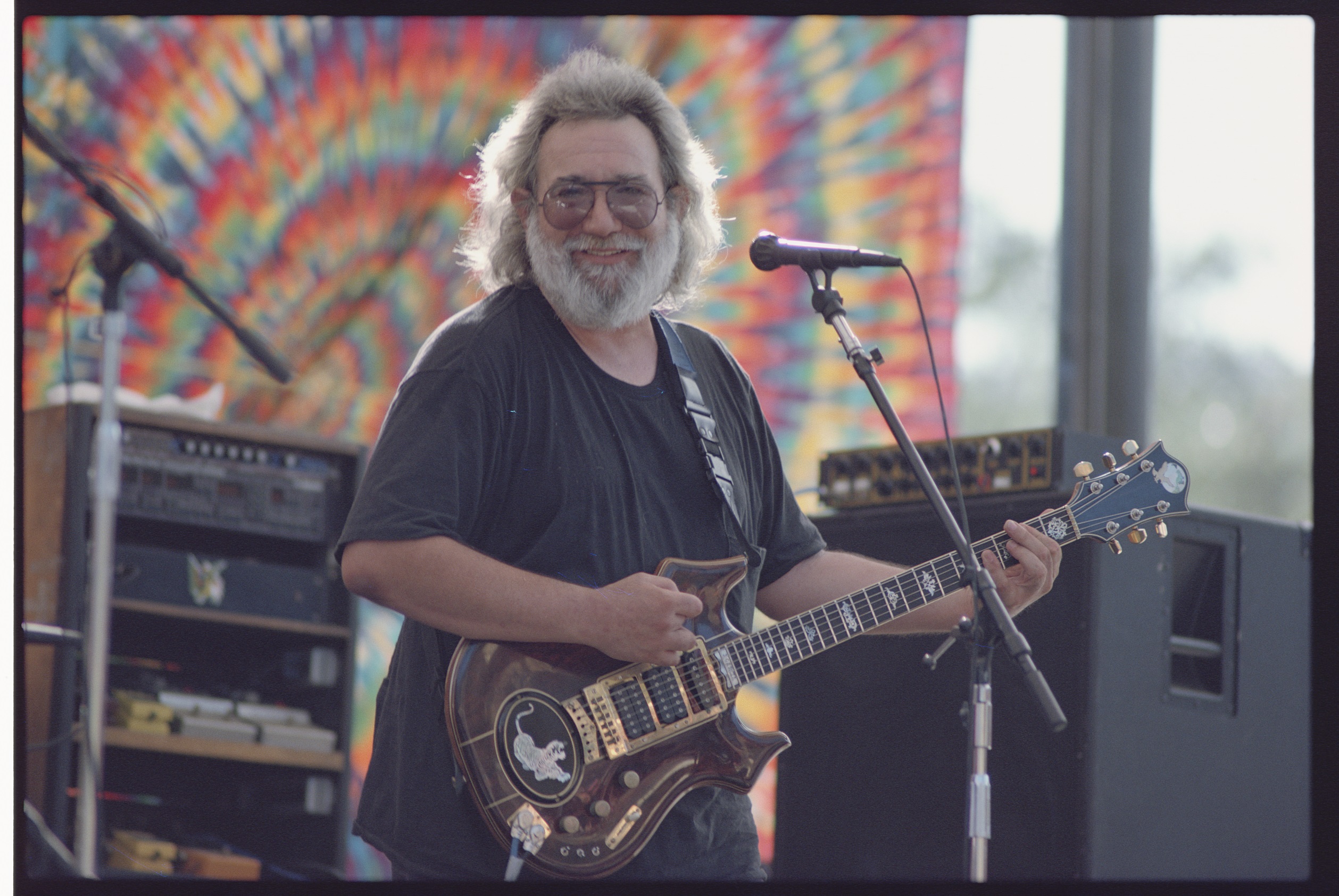What was once an anomaly is now a standard. Many lovers of classic Bay Area rock, blues, bluegrass, and beyond are investing in live archival releases above studio albums. Thanks to accessibility through vault discoveries and painstaking restoration, live recordings that are forty-plus years old are being heard by the band and fans alike for the first time. Artists such as Neil Young, Grateful Dead, Creedence Clearwater Revival and Hot Tuna are releasing performances that haven’t been heard by audiences since the date of original performance. No doubt the taper and bootleg scene might have exposed certain gems decades before an official release, but the restoration and HD quality refinishing is bringing a higher standard of presentation from a coveted golden era of incredible music and players. One of the finest private archival release collections certainly belongs to Mandolin Virtuoso David “Dawg” Grisman. His passion for unearthing classical acoustic music and connecting it to contemporary string styling have helped restore and recount the works of Django Reinhardt, Stephane Grappelli, Richard Greene, and Bill Monroe et.al. Out of print classic albums, unearthed live nuggets, instructional videos from the legends, Acoustic Oasis is an archival marvel.The newest Acoustic Oasis release might seem like a “for hardcore fans only” foray, but upon closer examination Grisman has completed the missing links from one of the finest dual-performance recordings in bluegrass history. Old & In The Way was the connector of the past and present in the bluegrass world. It brought together under-the-radar bluegrass junkie Jerry Garcia (whose first instrument was banjo) Fiddle-master Vassar Clements, former Bill Monroe front man Peter Rowan, his old bay area pal Dawg Grisman, and musical partner for life John Kahn on bass. The Complete Boarding House Tapes compile the complete two night performances from the band during the undeniable peak of the too-short-lived Newgrass Quintet’s tenure. With Rowan’s classic “high lonesome sound” leading soaring four-part harmonies, the group could make a cover of the Rolling Stones “Wild Horses” sound like a canonical Monroe tune. Though much of this material has been released in the past (such as Breakdown and High Lonesome Sound) never has all 55 tracks been presented in their entirety.This release is the wet dream of a bluegrass completest. Compare two classic takes on “Catfish John” which Garcia would introduce to both the Dead and his own band in the future. Classic Monroe tunes such as “Land of the Navajo” and “Muleskinner Blues” are given extensive workouts from the fellas. Then there are the Rowan originals. “Panama Red”, “Lonesome L.A. Cowboy”, “That High Lonesome Sound”, “Midnight Moonlight”, all sitting side-by-side with the classics. That was the brilliance of Old & In The Way, though technically a “newgrass” project, they more closely embraced the traditional approaches of Flatt, Scruggs, and Monroe. Their “Old and In the Way Breakdown” sits handsomely next to “Orange Blossom Special”. Aside the obvious vocal talents of Rowan and Garcia, David Grisman’s tender renderings of “Home is Where the Heart Is” and “Till The End of the World Goes Round” shows his affinity toward the spirit of Flatt and Scruggs’ Foggy Mountain Boys.Americana aficionado, storyteller and musician Tim O’ Brien noted in a recent Grateful Web interview that, “[bluegrass] music has to evolve. Classical and jazz are also all interrelated. Bill Monroe was a radical in his day, playing old ballads and fiddle tunes. He went to Chicago and learned Dixieland Jazz, then played it all on mandolin and made it his music.” The Boarding House Tapes echo this mentality. These guys put together such fitting originals alongside the classics because they understood the loose musicality that the founders were connecting in a precise instrumentation.The release has fifteen unreleased, never before heard tracks. At this point in history Owsley Stanley was mixing sound again for Garcia’s side projects in addition to Grateful Dead. His technical wizardry worked miracles for an unplugged two-microphone ensemble and the results are preserved as these recordings. Bring it back to 2013 and Grisman’s Dawg Studios added some fantastic HD refinishing, manicuring one of the most valuable complete bluegrass recordings from the 1970s. Maybe you’ve heard some of these tracks before, but now the two shows are finally chronologically correct, and presented at the best quality possible. Do yourself a favor and get ahold of these recordings to hear the hard work that’s been put into Acoustic Oasis’ latest.





